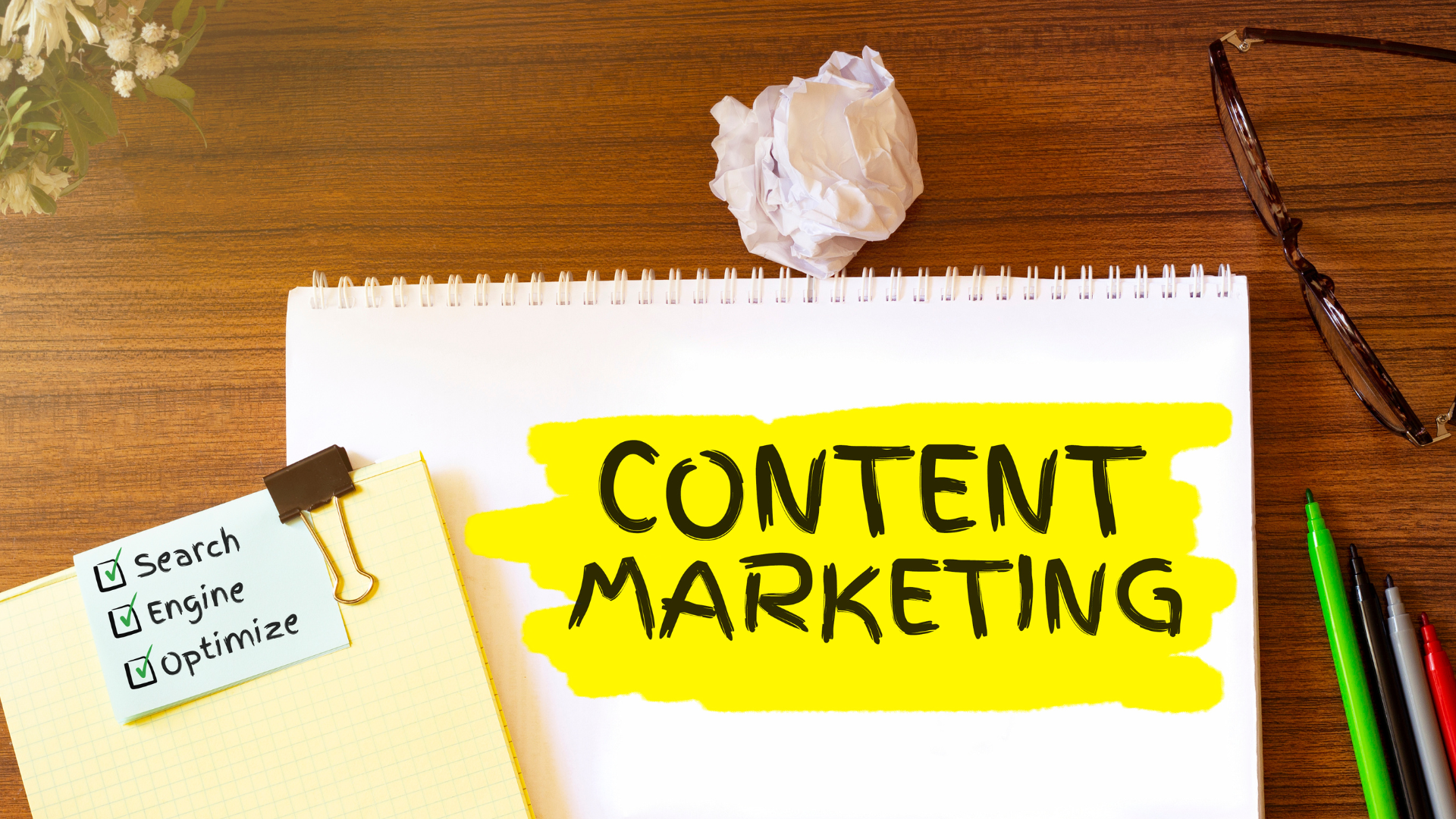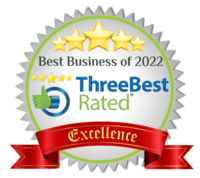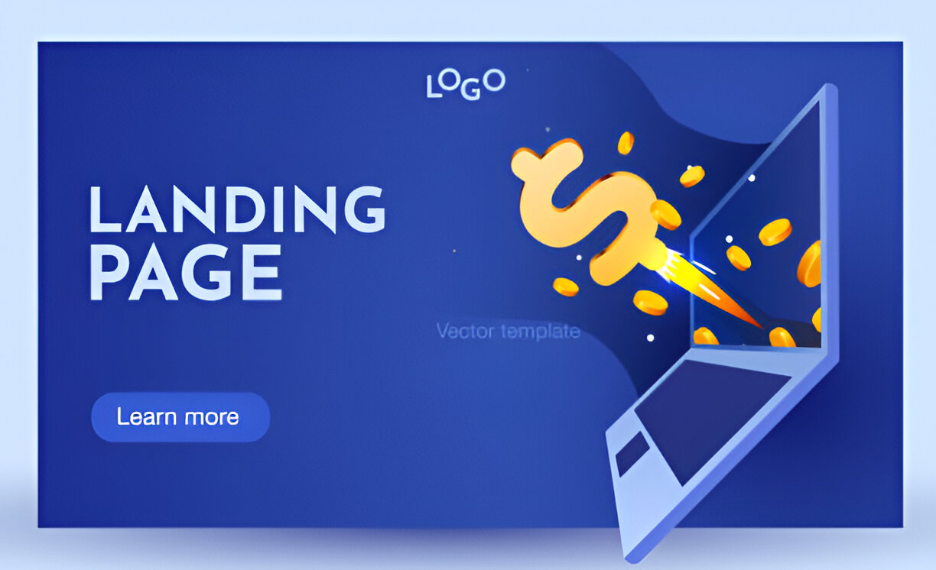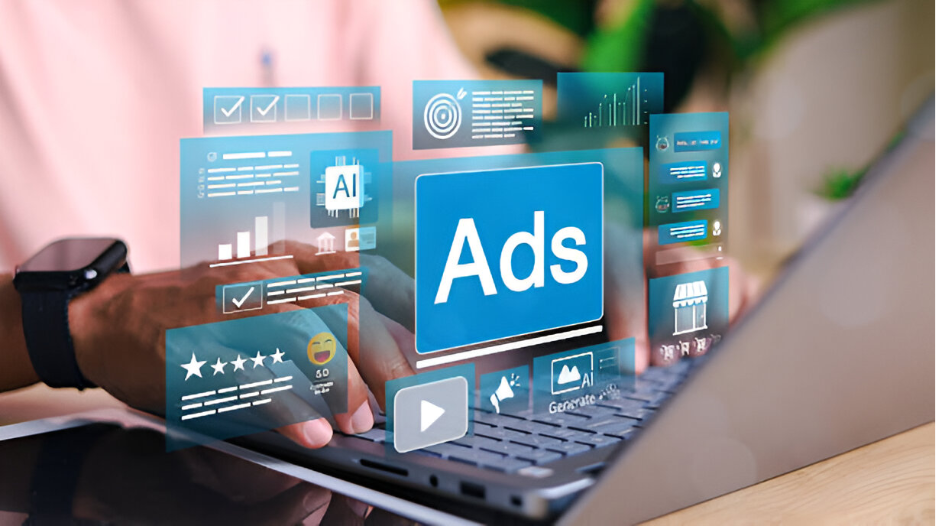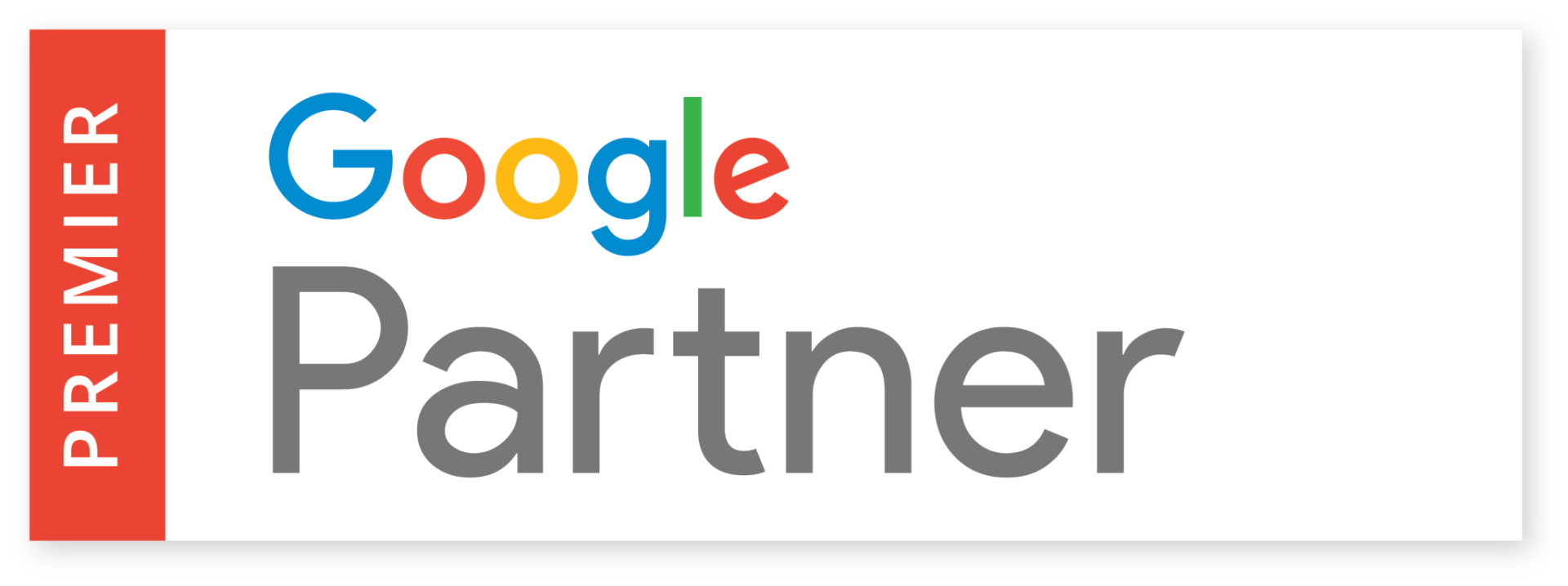Maximize Impact With Digital Branding Tactics
Maximize Impact With Digital Branding Tactics: Effective Strategies to Build a Strong Online Brand

Digital branding tactics are the coordinated actions a business uses to shape how audiences perceive its brand online, improving recognition, trust, and long-term value through consistent messaging and measurable channels. These tactics work by aligning brand identity, content, visual design, and distribution so that each customer touchpoint reinforces the same value proposition and personality. The result is increased brand awareness, higher-quality traffic, stronger engagement, and clearer differentiation in crowded digital markets. This guide explains core components of a digital brand strategy, shows how to craft resonant messaging, details practical tactics for content, social, and SEO, and describes measurement methods that inform iterative optimization.
Readers will gain step-by-step starter plans, ready-to-use lists and semantic tables, and short templates for personas and voice matrices to operationalize branding work. Throughout, the article integrates current trends—AI personalization, purpose-driven branding, and video—and offers actionable checklists and structured data recommendations to make digital branding measurable and repeatable.
What Are the Core Components of a Successful Digital Brand Strategy?
A successful digital brand strategy defines the brand identity elements, explains how they combine to influence perception, and prescribes the channels that amplify the brand to target audiences. This strategy works by mapping identity components—purpose, voice, visual system—onto customer journeys so each interaction communicates coherent value and builds recognition. The benefit is clearer positioning that increases branded search and conversion efficiency over time. Below is a compact comparison of the essential identity components to help prioritize early work and align creative and technical efforts.
Different brand identity components shape perception through distinct mechanisms and deliver measurable outcomes.
| Component | What it Shapes | Example / Metric |
|---|---|---|
| Purpose & UVP | Strategic positioning | Clarity in homepage headline; increased branded search (+10%) |
| Brand Voice | Messaging consistency | Open rates and click-through on emails; tone match scores |
| Visual System (logo, palette, typography) | Immediate recognition | Logo recall in surveys; consistent color use across channels |
| Guidelines & Governance | Cross-team execution | Reduced creative revisions; faster campaign launches |
This table clarifies how each component serves the strategy and offers concrete metrics to track early wins and governance improvements. Understanding these parts leads directly to how brand identity shapes presence across channels.
How Does Brand Identity Shape Your Digital Presence?

Brand identity consists of interlocking parts—logo, color palette, typography, and messaging—that together create a recognizable digital persona and influence trust and usability. These elements work because visual consistency reduces cognitive load and speeds recognition, while voice consistency signals reliability and purpose. The result is higher click-through rates on branded content and improved retention when users encounter consistent cues across site, social, and email. For example, aligning typography and microcopy on the website improves perceived professionalism and reduces bounce, which in turn supports search visibility through improved engagement signals.
Why Is Defining Your Target Audience Essential for Branding?
Defining the target audience means creating clear personas that map needs, channels, and language to brand activities; this process works by focusing creative choices and media spend where they matter most. Knowing audience segments reduces wasted impressions, improves message relevance, and speeds learning in A/B tests by narrowing hypothesis space. The benefit is more efficient customer journeys and higher conversion rates from tailored landing pages and content. A simple persona template—demographic, goals, pain points, preferred channels—guides message tone and content pillar selection and prepares the brand for personalization efforts.
What Role Does Visual Branding Play in Online Recognition?
Visual branding—logo, color palette, layout, imagery—drives instantaneous recognition and conveys professionalism; it operates through pattern recognition and emotional association. Consistent visuals boost recall and signal quality, which raises the likelihood of clicking branded search results and trusting conversion prompts. Best practices include creating responsive logo variants, defining accessible color contrast, and using ALT text and semantic image captions to support SEO. Visual optimization across devices ensures that recognition and credibility remain consistent from social feeds to the website, which further improves engagement metrics and referral value.
How Do You Create a Strong Digital Brand Message That Resonates?
A strong digital brand message condenses who you are, who you serve, and why you matter into a few clear pillars that guide all content and interactions. This mechanism works by reducing ambiguity for visitors and enabling consistent testing of message variants against audience response. The outcome is increased trust, better conversion lift, and improved word-of-mouth when messaging aligns with customer values. Below is a practical list of message components and a brief template to get started quickly.
Core elements of brand messaging include purpose, value proposition, proof points, and a distinct voice.
- Purpose Statement: One sentence explaining why the brand exists and whom it helps.
- Value Proposition: Clear benefit-focused line showing the primary customer outcome.
- Proof Points: Evidence—case examples, metrics, or testimonials—that validate claims.
- Tone & Voice Guidelines: Rules for how to speak to different audiences across channels.
These components form the backbone of messaging and feed directly into channel-specific copy and testing plans, which we explore next.
What Are the Key Elements of Brand Voice and Tone?
Brand voice is the consistent personality of your communications, while tone adapts that personality to context; together they guide every headline, social post, and email. The mechanism is simple: a defined voice creates expectations, and predictable tone adjustments maintain relevance across channels. Benefits include stronger audience recognition and faster content production because writers follow a clear matrix. A practical voice-and-tone matrix covers formal vs. casual, aspirational vs. pragmatic, and channel-specific examples that teams can reuse for emails, social captions, and product copy.
How Can Brand Messaging Build Trust and Customer Loyalty?
Brand messaging builds trust by demonstrating transparency, delivering consistent value, and using social proof to reduce perceived risk; this process works when messages match experience and are reinforced across touchpoints. Trust increases retention, lifetime value, and referral likelihood because customers who feel understood continue to engage. Tactics include showcasing use cases, publishing clear policies, and regularly surfacing customer stories; these actions create a feedback loop where trust enables higher-priced offers and deeper customer relationships. Measuring message resonance with NPS and repeat purchase rate helps close the optimization cycle.
Which Digital Branding Strategies Drive Online Brand Building Techniques?
Digital branding strategies combine content, social, SEO, and website experience to convert awareness into authority and preference; each tactic plays a distinct role and requires specific actions to succeed. The mechanism is channel orchestration: content establishes topical authority, social builds community signals, SEO ensures discoverability, and UX converts interest into meaningful action. The net benefit is a measurable lift in brand equity and performance metrics that map to business goals. Below is a comparison table to help prioritize tactics based on goals and actions.
| Tactic | Primary Goal | Key Actions |
|---|---|---|
| Content Marketing | Authority & organic traffic | Create pillar pages, cluster articles, and a distribution plan |
| Social Media Marketing | Community & engagement | Platform-specific cadence, authentic replies, repurposed video clips |
| SEO (On-page & Technical) | Discoverability | Title optimization, schema for services, internal linking |
| Website UX | Conversion & trust | Clear CTAs, mobile-first layouts, fast load times |
This EAV-style comparison shows which tactics to prioritize depending on whether you need traffic, engagement, or conversions, and it leads directly into specific starter plans for content and social.
For example, implementation, consider a short content starter plan:
- Research: Identify 3 pillar topics tied to brand pillars and search demand.
- Produce: Create long-form pillar pages and 4 cluster posts each.
- Distribute: Push short-form versions to social and email, then repurpose into video.
This 3-step plan links content to SEO and social amplification, preparing the brand for measurable gains.
Note: For teams seeking a single, full-service implementation option that combines website design, SEO, social media, PPC, and content creation into a cohesive rollout, LevelUp Agency offers a "Branding" service that analyzes purpose, mission, vision, colors, and design options and can operationalize these tactics across channels.
How Does Content Marketing Establish Brand Authority?

Content marketing establishes brand authority by mapping brand pillars to audience questions and providing in-depth, searchable answers that demonstrate expertise. The mechanism is topical depth: pillar content signals relevance to search engines and provides linkable assets for social and partnerships. Benefits include improved organic rankings, shareable resources, and sustainable traffic growth when content clusters follow an internal linking strategy. Start with audience research, create pillar and cluster outlines, and schedule a consistent production cycle that measures organic traffic and engagement.
What Are the Best Social Media Marketing Practices for Branding?
Social media strengthens branding by enabling two-way communication, amplifying visual identity, and distributing short-form video that drives recall. Best practices include selecting platforms aligned with audience habits, maintaining a consistent posting cadence, and prioritizing community engagement over one-way promotion. The mechanism of authenticity—regular, helpful interactions and user-generated content—boosts trust and shareability. A sample weekly cadence: three feed posts, two short videos, daily community replies, and one long-form piece repurposed as email content.
How Can SEO Enhance Your Brand’s Online Visibility?
SEO enhances brand visibility by optimizing for branded and non-branded queries, improving site architecture, and applying structured data to help search engines present your brand clearly in results. This works through relevance and clarity: optimized metadata and service schema increase the likelihood of rich results and branded search growth. Quick wins include optimizing title tags for brand + primary service, implementing Service and Brand schema on key pages, and strengthening internal linking to pillar pages. These actions improve discoverability and make branded content more authoritative in search.
How Do You Measure and Optimize the Impact of Digital Branding Tactics?
Measuring branding impact requires selecting KPIs that tie perception to behavior, using tools that surface trends, and running iterative tests to improve messaging and creative. The mechanism connects exposure (awareness metrics) to downstream behavior (engagement, conversions, retention) so teams can prioritize tactics that increase long-term value. The benefit is the ability to move from subjective judgments to evidence-based decisions and to allocate budget to channels that demonstrably increase brand equity. Below is a table mapping KPIs to measurements and suggested tools or thresholds.
| KPI | What it Measures | Suggested Tool / Threshold |
|---|---|---|
| Branded Search Volume | Awareness & interest | Search console trend; aim +10% YoY |
| Organic Traffic to Pillars | Authority building | Analytics; steady month-over-month growth |
| Engagement Rate | Content resonance | Social analytics; benchmark by platform |
| Retention / Repeat Rate | Loyalty impact | CRM cohorts; improve 90-day retention |
This KPI mapping helps teams set measurable targets and choose the right dashboards and reports to monitor performance and prioritize optimizations.
What Key Performance Indicators Track Branding Success?
Primary KPIs for branding success include branded search growth, organic traffic quality, engagement rates, and retention metrics; each measures a different link in the brand funnel. These KPIs work because they connect visibility to resonance and behavior, allowing teams to prioritize tactics that deliver measurable brand lift. For instance, branded search growth signals improved awareness while retention metrics indicate deeper loyalty and lifetime value improvements. Tracking benchmarks and running A/B tests on messaging and creative can help attribute which tactics most strongly move these indicators.
How Can Analytics Inform Branding Strategy Adjustments?
Analytics inform adjustments by revealing which messages, channels, and creative elements produce the strongest engagement and conversion lift, enabling focused iterations. The mechanism is hypothesis-driven testing—use cohort analysis, A/B tests on landing pages, and content performance segmentation to validate changes. The benefit is faster learning cycles and reduced wasted spend as teams pivot toward higher-performing combinations of message and channel. Monthly reports should include cohort performance, traffic quality, and conversion lift tied back to brand experiments.
What Are the Latest Trends in Digital Branding for and Beyond?
Emerging trends emphasize AI-driven personalization, purpose-led positioning, and video-first formats; these trends change how brands communicate and scale relevance. AI personalization operates by analyzing behavioral signals to tailor messages, increasing relevance and conversion when used transparently. Purpose-driven branding connects values to operations and marketing, which improves loyalty among value-aligned customers. Video content boosts engagement through visual storytelling and repurposable assets, making omnichannel distribution more efficient and measurable.
How Is AI Transforming Personalized Brand Experiences?
AI transforms personalization by enabling dynamic content selection, predictive recommendations, and automated audience segmentation that crafts individualized journeys at scale. The mechanism is machine learning models that surface patterns in behavior and adapt messages in real time, improving relevance and lowering friction. Benefits include higher engagement and conversion when personalized flows match user intent, but ethical guardrails—data transparency and opt-in controls—are essential to maintain trust. Practical tools include recommendation engines for content feeds and personalized email sequencing based on behavior.
Why Is Purpose-Driven Branding Critical for Modern Businesses?
Purpose-driven branding aligns a company’s mission and operations with customer values, creating differentiation beyond functional features; it works by building emotional loyalty and advocacy. When purpose is authentic and visible, customers reward brands with greater retention and willingness to pay a premium. To operationalize purpose, articulate a concise purpose statement, integrate it into product and communication decisions, and report outcomes that demonstrate impact. This alignment turns customers into ambassadors and supports long-term brand resilience.
How Does Video Content Boost Digital Brand Engagement?
Video content boosts engagement by combining visual identity, storytelling, and demonstrable use cases in formats optimized for social and search; this increases attention and shareability. Short-form clips capture discovery moments while long-form tutorials and testimonials build deeper authority and aid conversion. Repurpose long-form content into short clips, captions, and email summaries to maximize reach. Measuring video impact with view-through rates, engagement, and conversion attribution ties creative investment back to brand KPIs and supports ongoing content optimization.
For a tailored audit or strategic rollout that combines design, website experience, SEO, social, and content into an integrated branding program, consider consulting a full-service branding provider such as LevelUp Agency for a targeted consultation or audit to align purpose, visual identity, and channel implementation.
